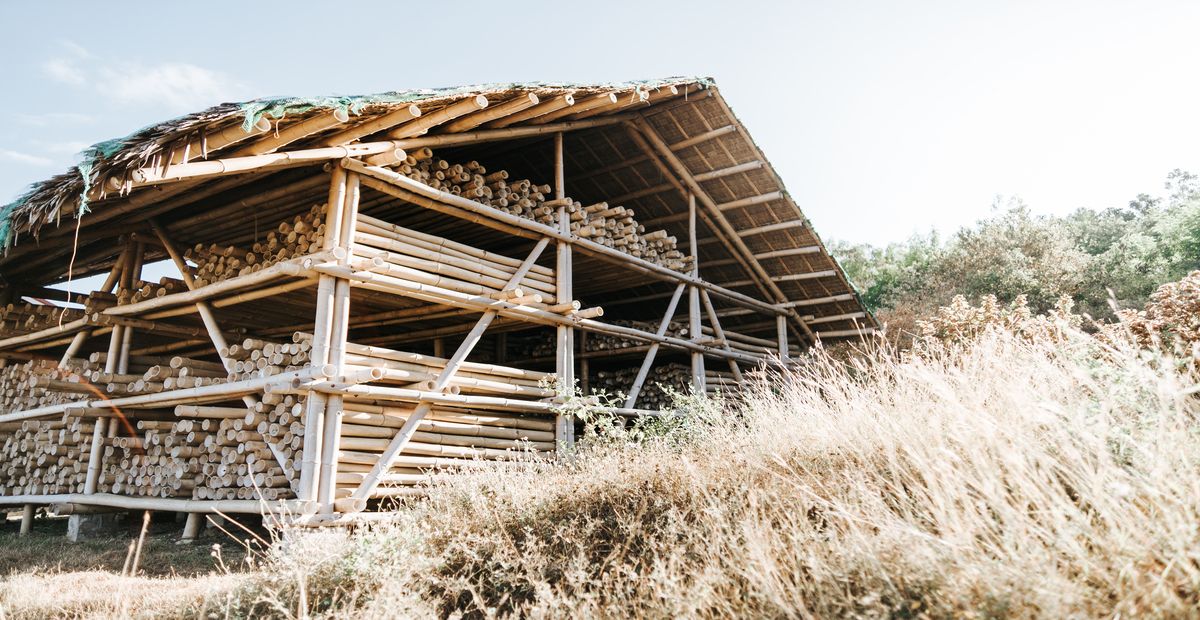In the world of interior design and home renovation, finding innovative and cost-effective solutions is always a priority. One common question that arises is whether PVC panels can be installed on tiles. In this blog post, we will delve into this topic, exploring the feasibility, benefits, and considerations of using PVC panels as an alternative to traditional tile installations. So, let's dive in and discover the possibilities!
- Understanding PVC Panels:
PVC panels, also known as polyvinyl chloride panels, are a popular choice for wall and ceiling coverings due to their versatility, durability, and affordability. These panels are made from a synthetic plastic polymer and are available in various designs, colors, and textures, making them suitable for a wide range of applications. - Advantages of Installing PVC Panels on Tiles:
2.1 Easy Installation: One of the main advantages of using PVC panels is their ease of installation. Unlike tiles, which require meticulous preparation and grouting, PVC panels can be easily mounted onto existing tiles using adhesive or screws. This saves time, effort, and cost associated with tile removal and surface preparation.
2.2 Cost-Effective Solution: PVC panels are generally more affordable than traditional tiles, making them an attractive option for those on a budget. Additionally, the installation process is quicker, reducing labor costs.
2.3 Moisture Resistance: PVC panels are inherently moisture-resistant, making them ideal for areas prone to humidity, such as bathrooms and kitchens. Unlike tiles, which may require additional waterproofing measures, PVC panels provide a seamless and waterproof surface.
2.4 Easy Maintenance: PVC panels are easy to clean and maintain. They can be wiped down with a damp cloth or mild detergent, eliminating the need for specialized cleaning products or grout maintenance.
- Considerations and Limitations:
3.1 Surface Preparation: While PVC panels can be installed directly onto tiles, it is crucial to ensure that the tile surface is clean, dry, and free from any loose or damaged tiles. Any imperfections or irregularities may affect the final appearance and adhesion of the PVC panels.
3.2 Aesthetics: While PVC panels offer a wide range of design options, they may not provide the same aesthetic appeal as tiles. Some individuals prefer the natural look and texture of tiles, which may not be fully replicated by PVC panels.
3.3 Durability: While PVC panels are durable, they may not be as resistant to impact or heavy objects as tiles. Care should be taken to avoid excessive force or sharp objects that may cause damage to the panels.
- Conclusion:
In conclusion, installing PVC panels on tiles can be a viable and cost-effective solution for those seeking a quick and hassle-free renovation. The ease of installation, moisture resistance, and easy maintenance make PVC panels an attractive alternative to traditional tiles. However, it is essential to consider factors such as surface preparation, aesthetics, and durability before making a decision. Ultimately, the choice between PVC panels and tiles depends on individual preferences, budget constraints, and the desired aesthetic outcome.

